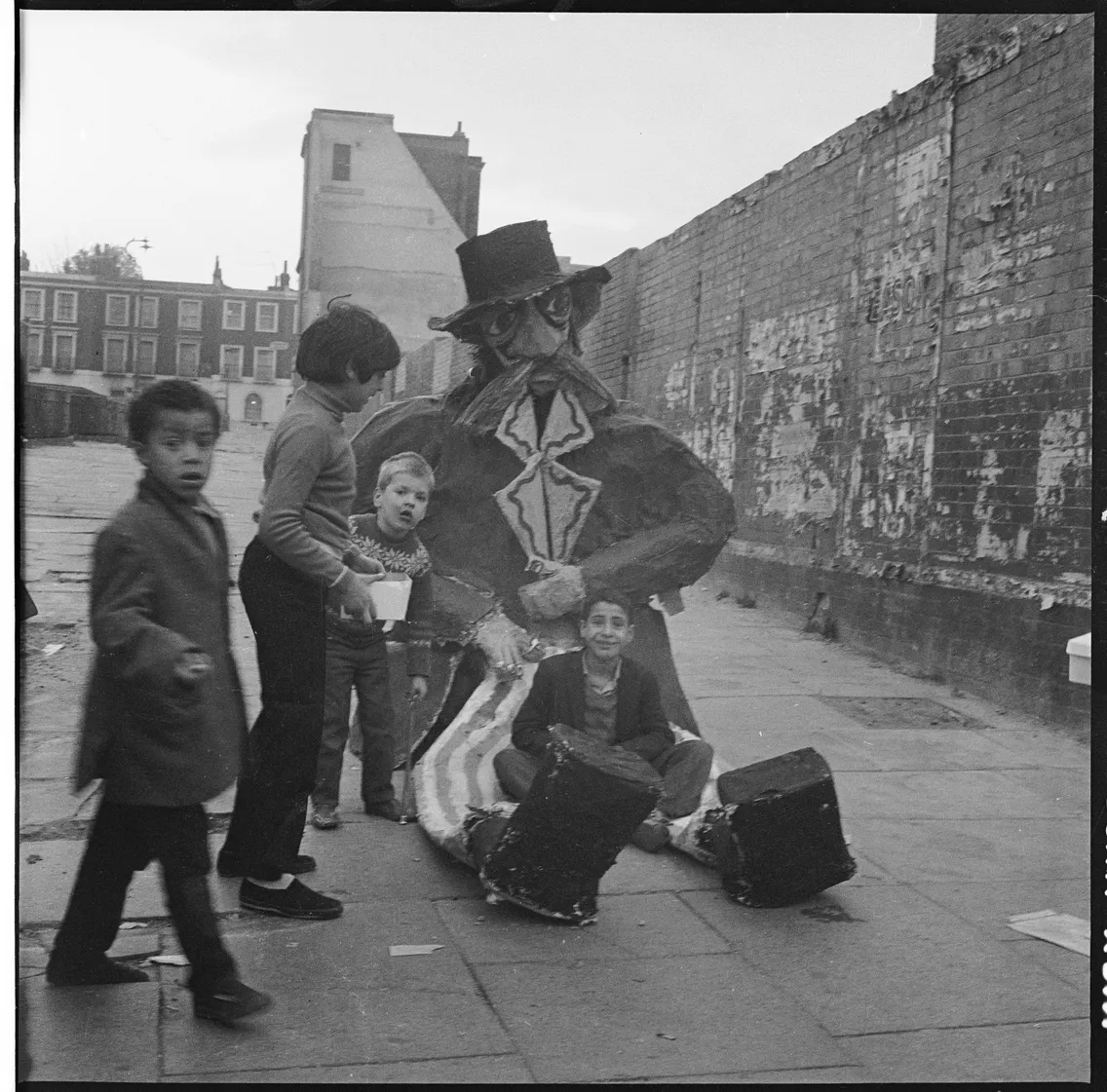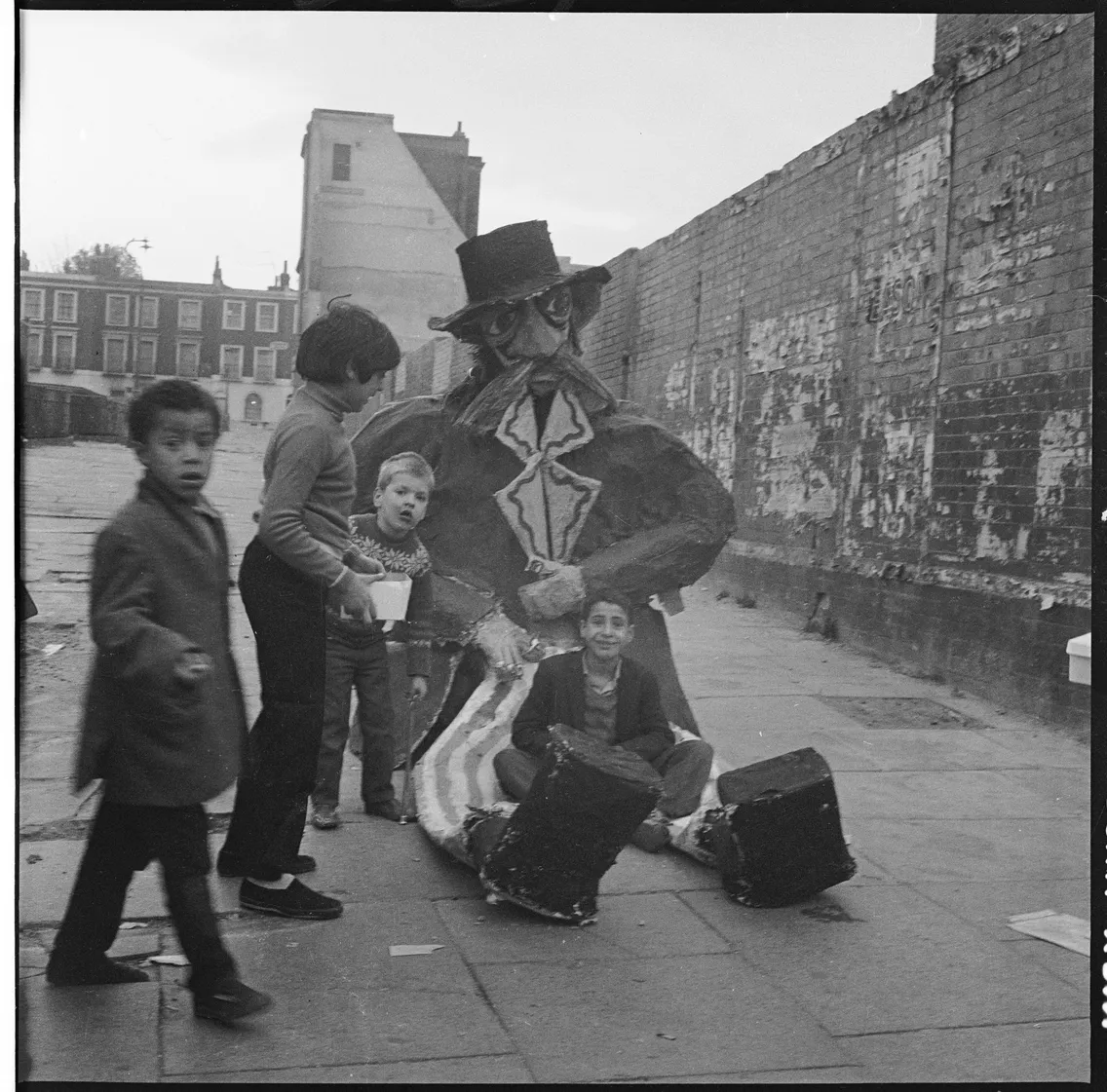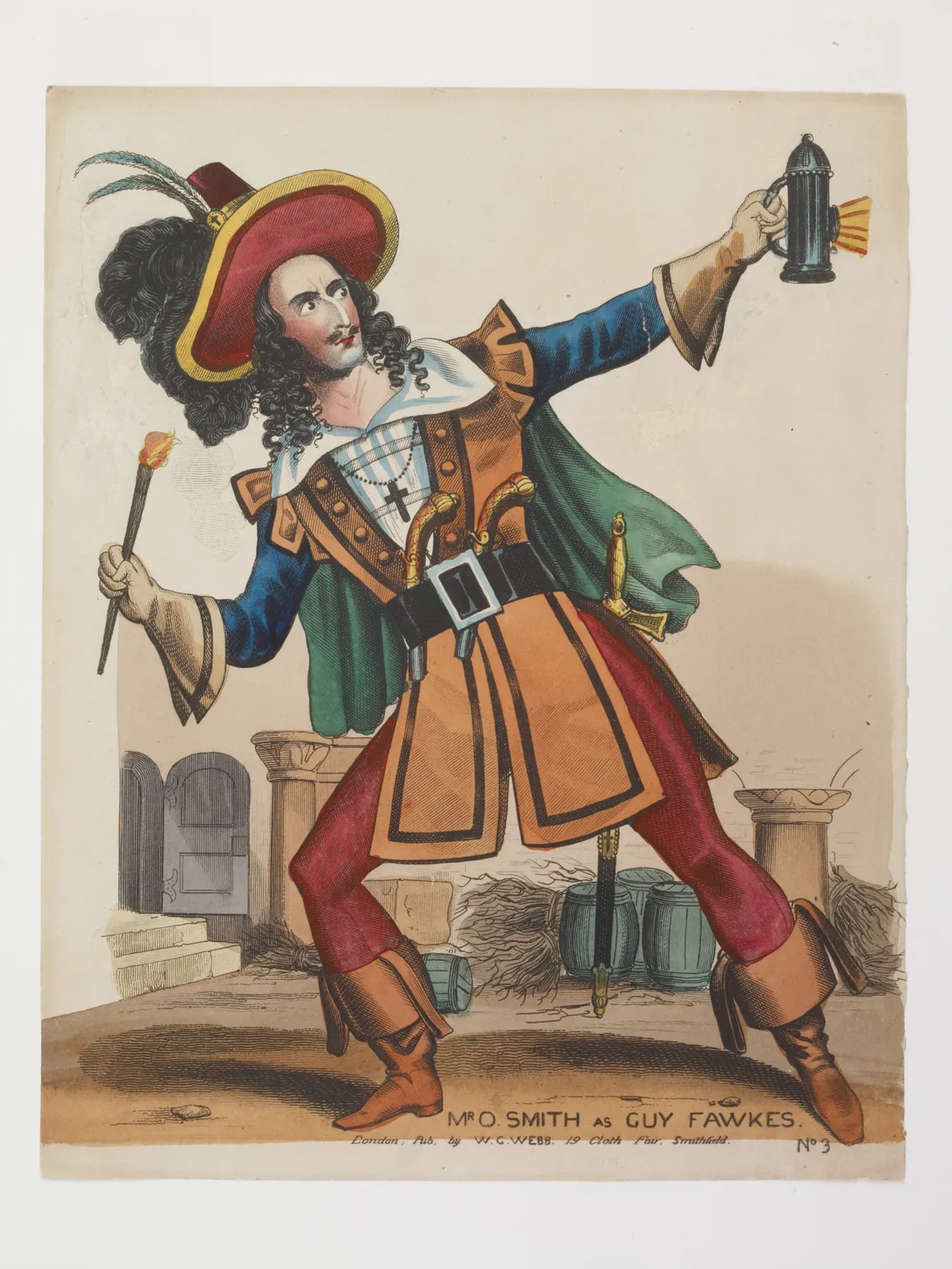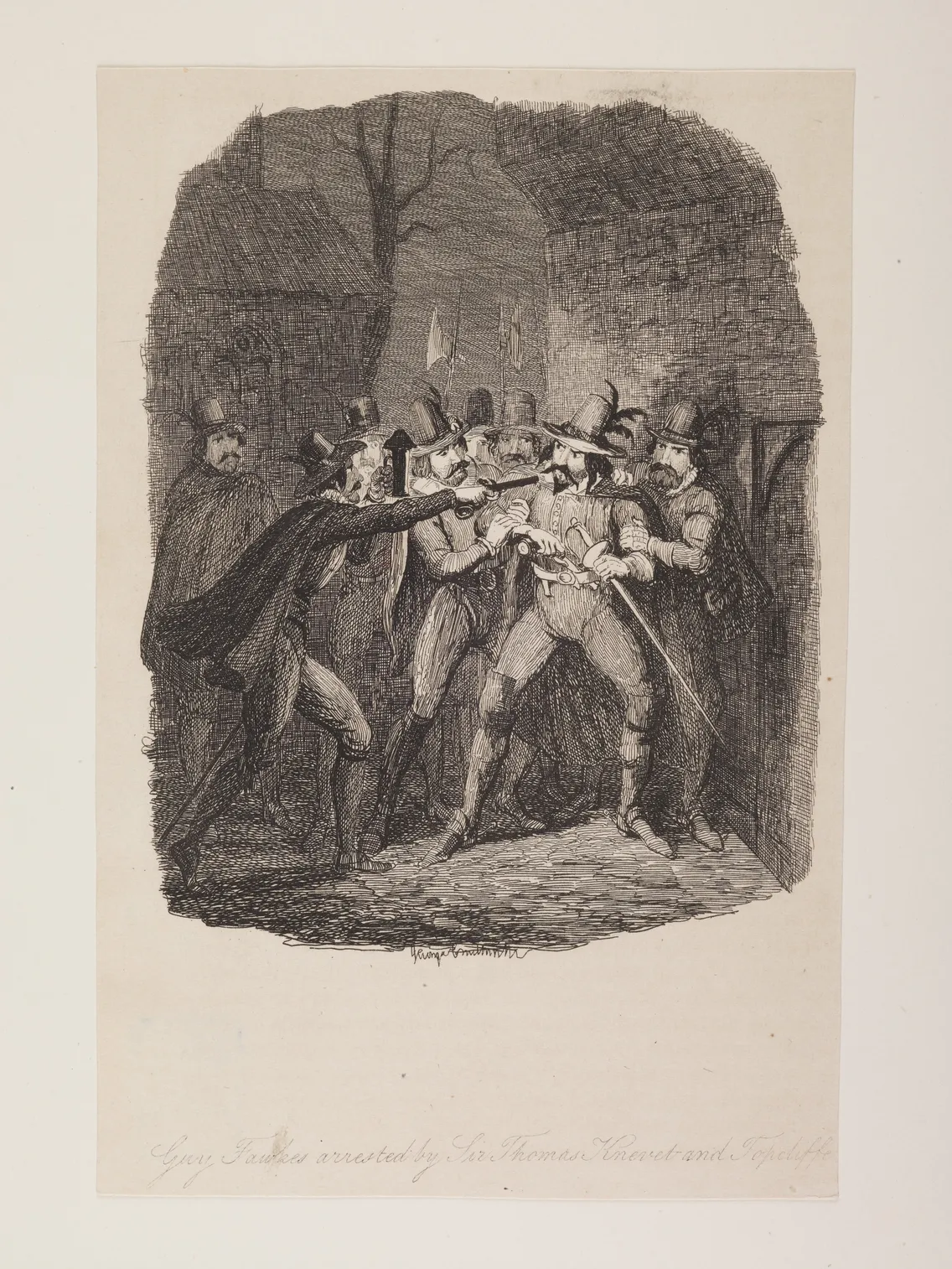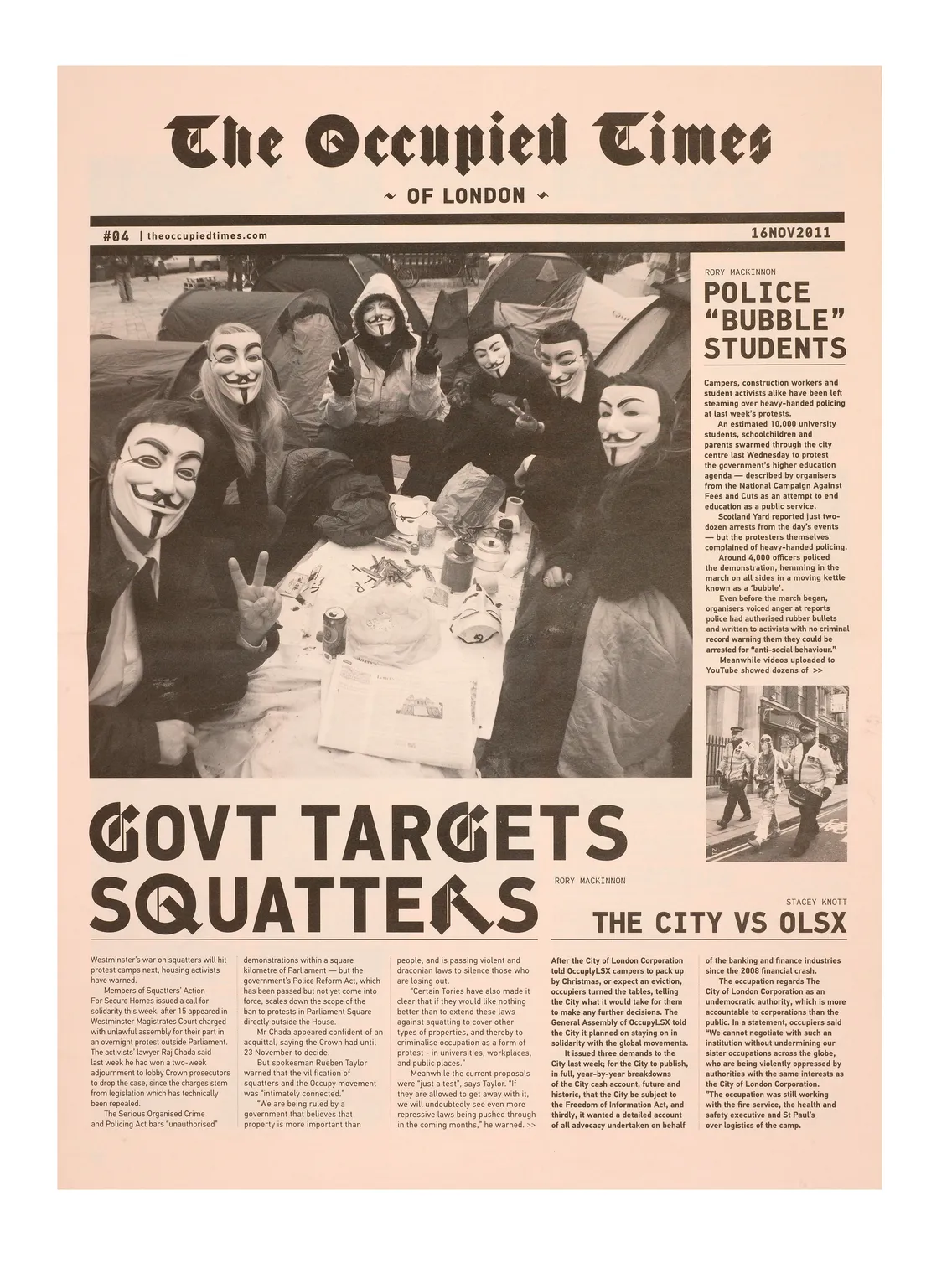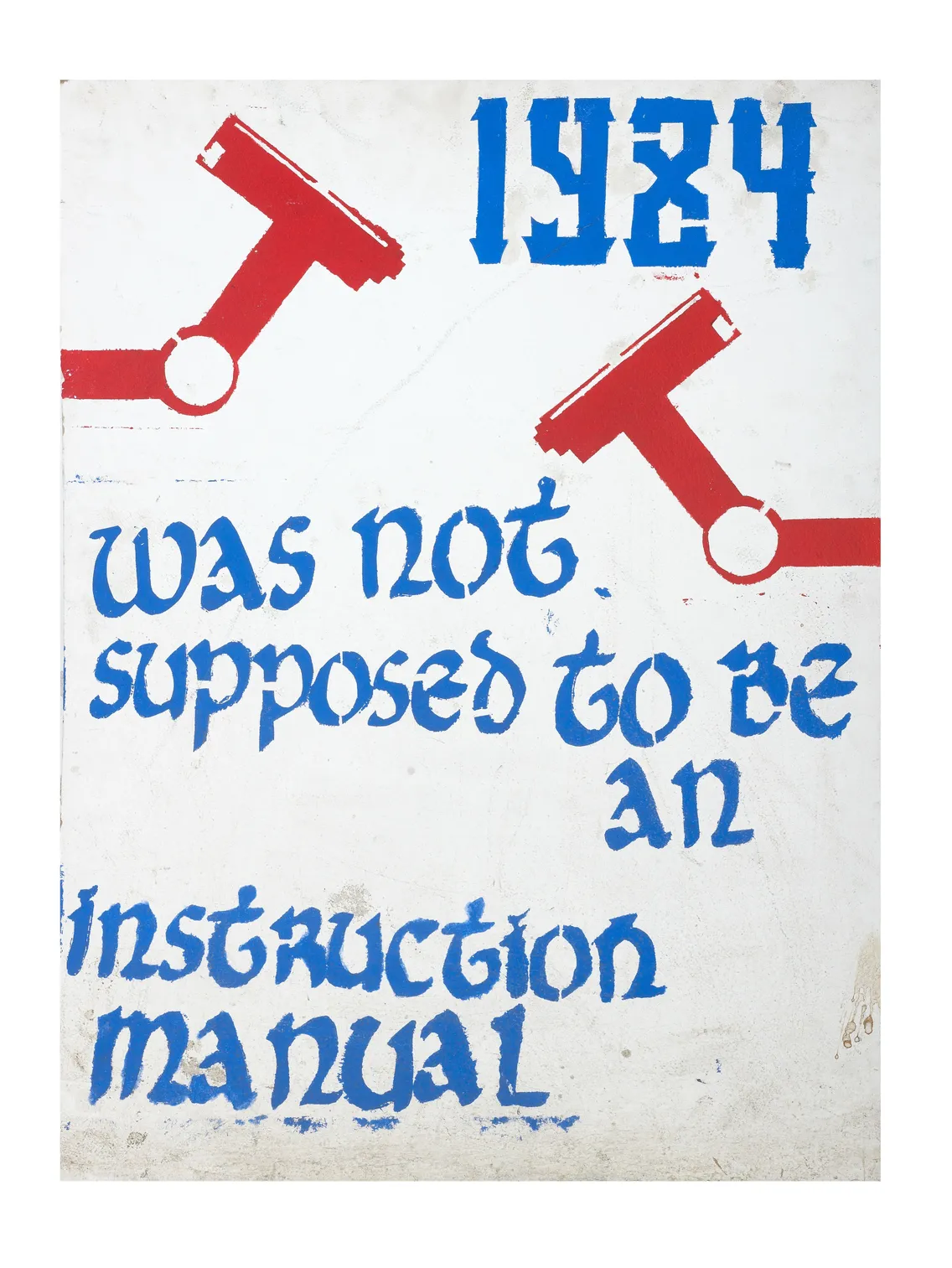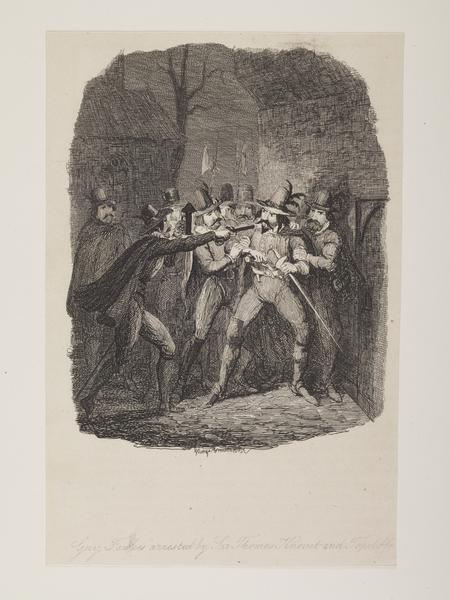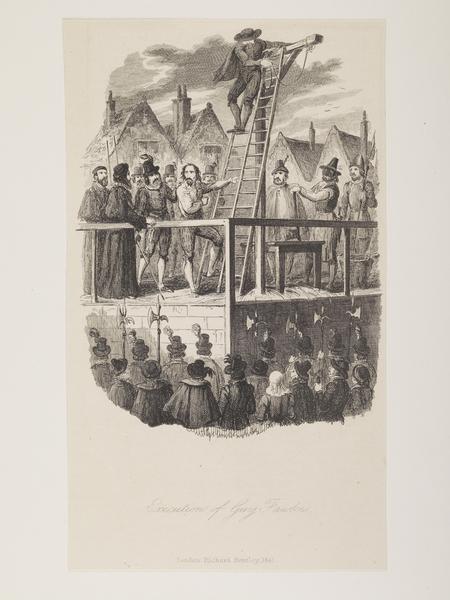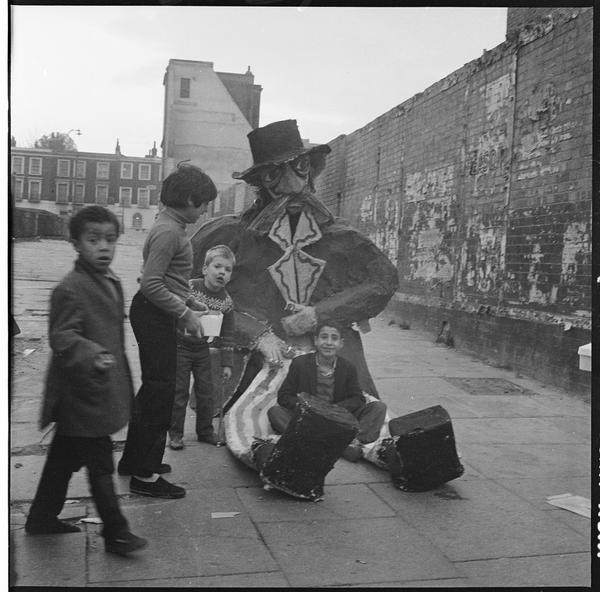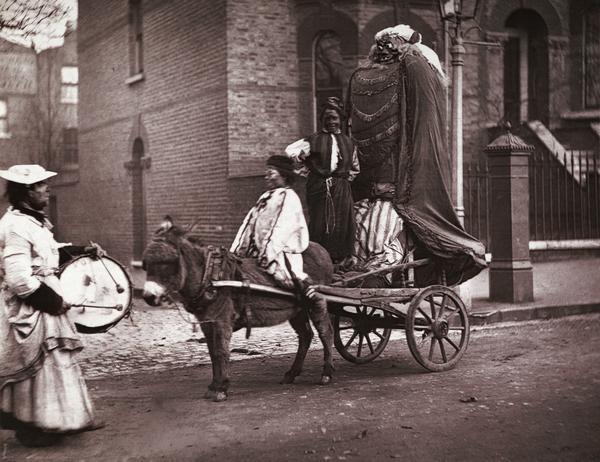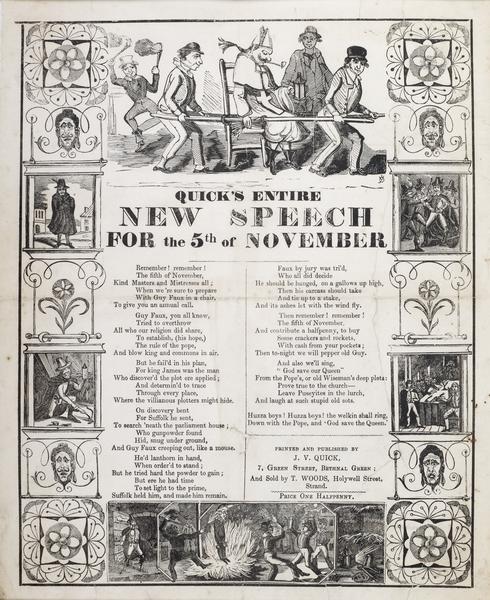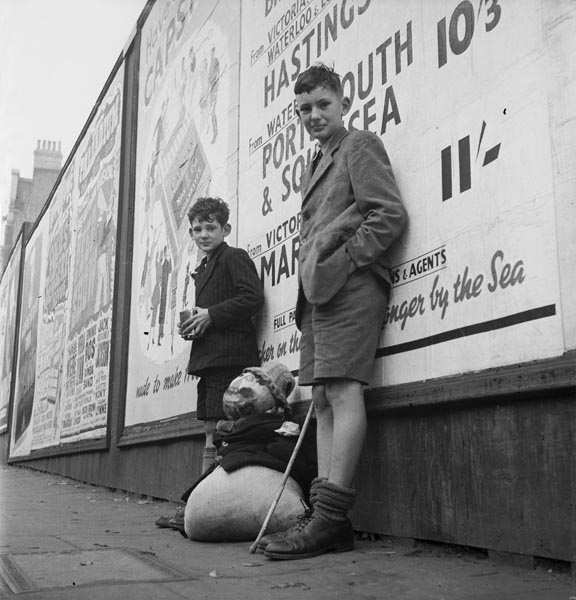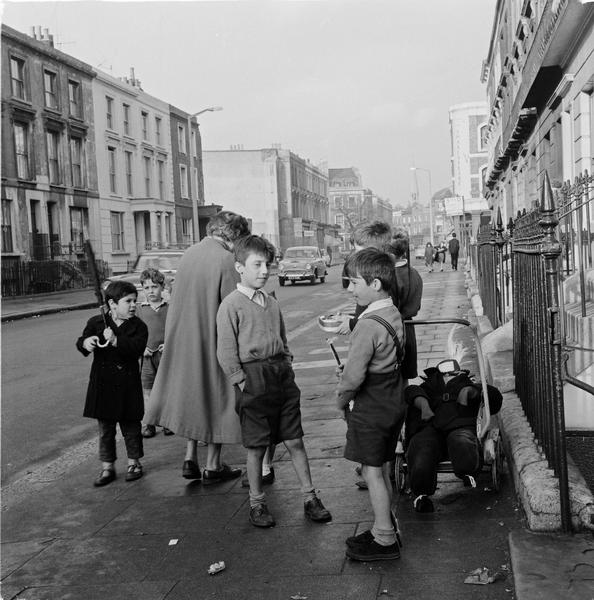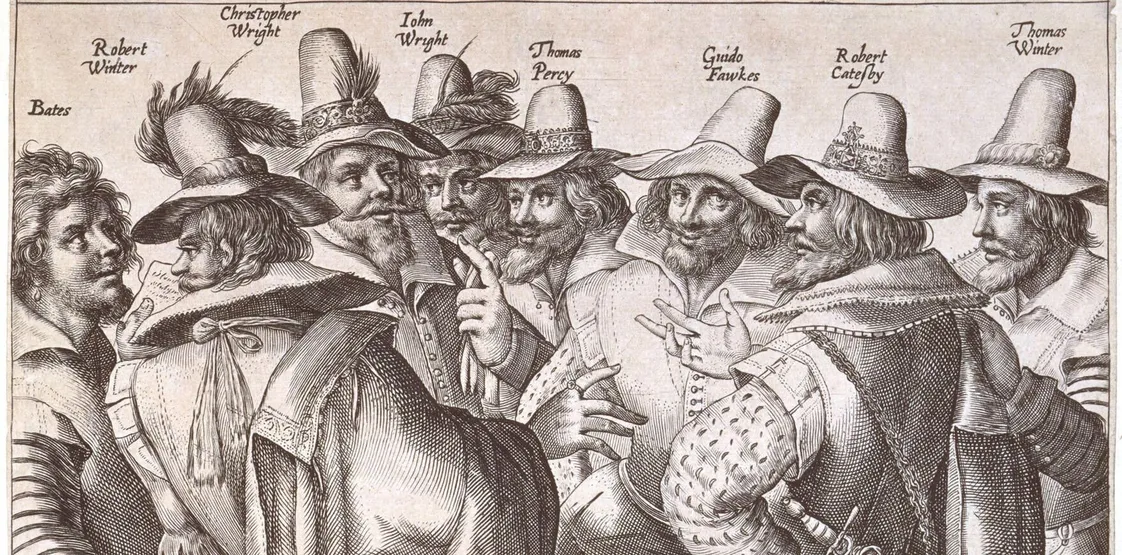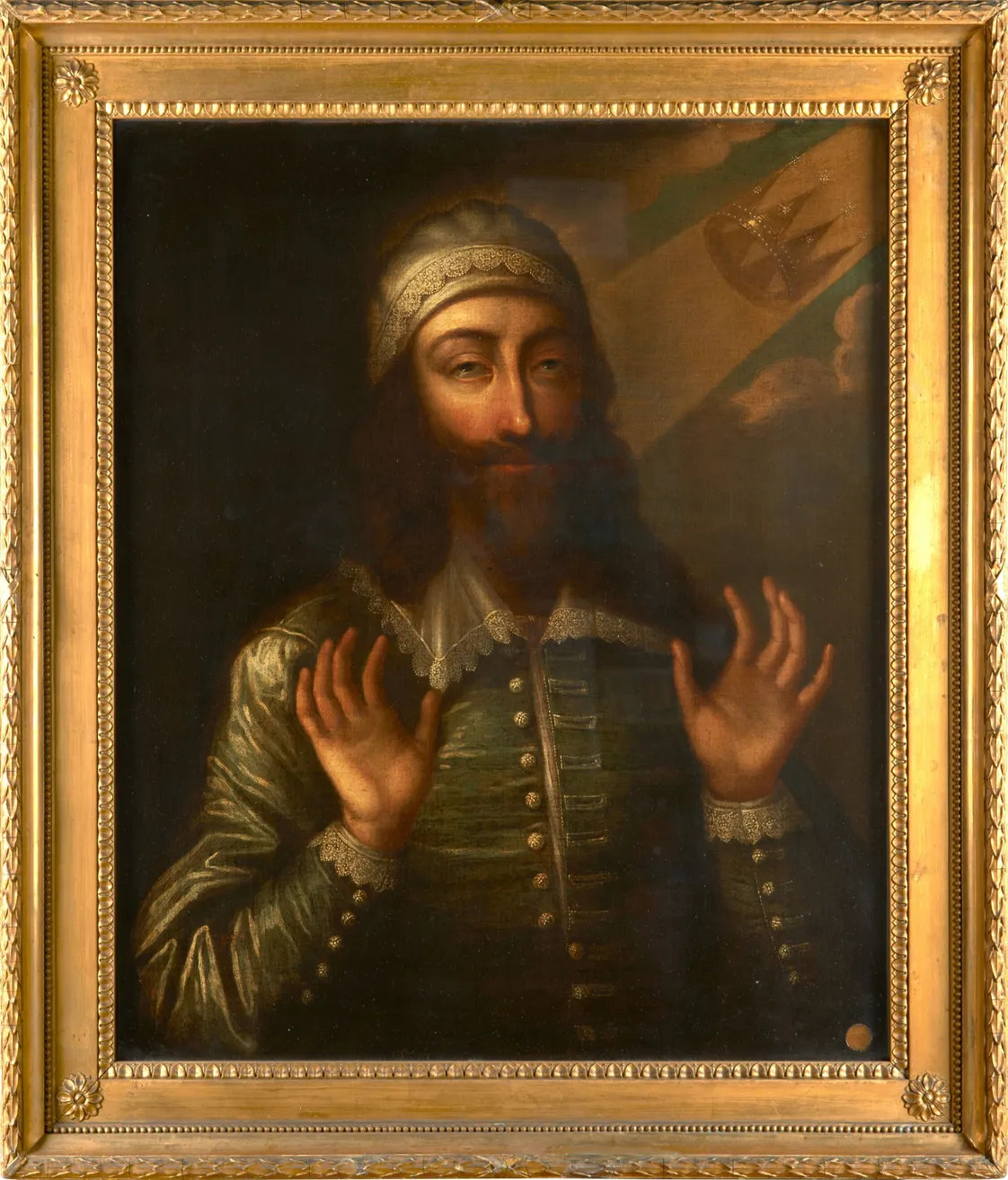The symbolism of Guy Fawkes
What Guy Fawkes represents has evolved over centuries. Once he was the hated villain of the 1605 Gunpowder Plot. But in the 21st century, Fawkes masks became a symbol of resistance.
Houses of Parliament
Since 1605

Remember, remember
Guy Fawkes’ failed attempt to blow up the Houses of Parliament on 5 November 1605 inspired the annual Bonfire Night tradition.
Fawkes was a villain in popular culture. But the way people portrayed him changed with time.
A popular 19th-century novel showed him as a flawed anti-hero. The 20th-century graphic novel V for Vendetta featured a freedom fighter in a Fawkes mask.
And as the 21st century dawned, the same mask made it into the real world, used as a symbol by the anti-capitalist Occupy movement and hacktivists Anonymous.

The Gunpowder Plot conspirators.
It starts with the Gunpowder Plot
Driven by the mistreatment they faced because of their religion, Guy Fawkes and a group of other Catholics plotted to put a Catholic back on the throne. Their plan was to blow up the House of Lords, killing the Protestant King James I in the process.
Fawkes’ job on 5 November 1605 was detonating the explosives. But he was discovered, arrested and executed.
Bonfire Night
In 1606, to celebrate the failure of the plot, Parliament passed a new law: “An Act for a Public Thanksgiving to Almighty God every Year on the Fifth Day of November”.
The act demanded annual church services and the lighting of bonfires, a tradition which became part of English life. It’s since been known as Guy Fawkes Night, Plot Night or Fireworks Night.
“our great historical revolutionary”
David Lloyd
Immortalising Fawkes
Robert Catesby was the leader of the Gunpowder Plot. But it’s Fawkes who is remembered.
Fawkes became a folk devil. Since at least 1790, models of him were burned on bonfires on November 5.
Penny for the guy
In the lead up to Bonfire Night, it became traditional for children to make models of Fawkes from anything they could – old clothes, pillows or newspapers.
These figures were wheeled around the neighbourhood, with the kids stopping adults to ask: “penny for the Guy?”
Sometimes they raised funds for a good cause. More often, it was just extra pocket money.
On the night of 5 November itself, the models were burned on bonfires. The custom has now largely died out, with Halloween trick-or-treating becoming more popular.
Fawkes became an anti-hero
William Harrison Ainsworth’s 1841 novel, Guy Fawkes, played a part in redefining Fawkes as a more romantic figure – a flawed anti-hero.
Although largely unread today, the novel’s combination of history and drama made it a success when it was published.
George Cruikshank, an artist who also worked with Charles Dickens, provided the illustrations. Our collection of Cruikshank’s works includes 22 scenes from the Guy Fawkes novel. These helped fix moments like Fawkes’ torture in popular culture.
After the release of the novel Fawkes began to appear in plays and children’s books.
A symbol of resistance
In 1988, Alan Moore’s graphic novel V for Vendetta featured an anarchist named V, who fights against an evil state.
In both the novel and the 2005 film adaptation, V wears a stylised Guy Fawkes mask.
David Lloyd, the original illustrator, said he wanted “to adopt the persona and mission of Guy Fawkes – our great historical revolutionary”.
The image of Fawkes (or V) as a symbol of revolutionary protest has grown throughout the 21st century.
Members of the Occupy movement wore similar masks during the global anti-capitalism protests which took place around 2010. Our collection includes one of the masks worn at the months-long St Paul’s Cathedral camp.
Online hacktivists Anonymous also used the mask image in web forums and at in-person protests.
With this striking symbol for resisting state control, the legacy of the Gunpowder Plot has continued into the 21st century.


